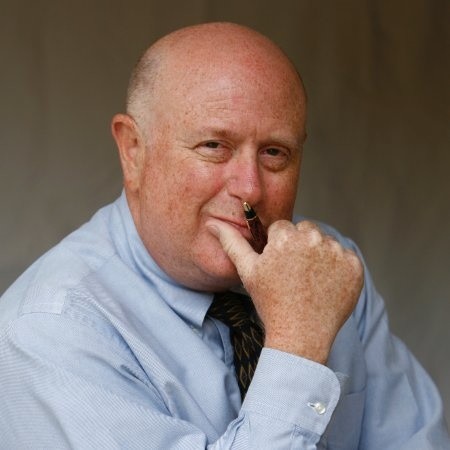OgilvyEarth's recent study entitled "Mainstream Green: Moving sustainability from niche to normal" found that "82% of Americans have good green intentions but only 16% are dedicated to fulfilling these intentions."
Kate Swann, COO of Frog Design may have the answer on why there is such a disconnect between consumer intentions for going green and their actual behavior.
I met Kate when we recently served as judges in the Staples Global EcoEasy Challenge. Kate got my attention with her insights on the issue of design and consumer adoption of sustainability as we attempted to evaluate proposals from college teams representing China, India, Ireland and the United States that were finalists among the 84 submittals from colleges spanning five continents.
She introduced me to a new term, "Consumer Life Cycle." To Kate there are actually two design challenges. One is captured by the concept of Life Cycle Analysis that calculates the environmental impact of a product over its useful life including its recycling, restoration and eventual retirement.
The concept of Consumer Life Cycle focuses upon the question of how to get a consumer to buy and use a green product. Kate's point is that no matter how environmentally responsible a product's design, a key element of its adoption is ease of use by consumers. She defines Consumer Life Cycle as how a customer learns about a product, their procurement process and their experience after using the product.
And this is a global issue. Kate had just returned from China working in the car industry. She reports that there are now 200 Chinese car manufacturers. "They must not of heard of economies of scale," I laughed. "No," she said, "I was missing the point." She explained that these 200 companies were all starting with a clean design slate compared to Japanese, U.S. and European auto manufacturers. The design focus of these 200 Chinese companies was on how to design the "future car." Their design questions were, "What would it look like if it didn't use gasoline?" and "How should the dash board and controls be designed if the focus was on integrating with the driver's and passenger's mobile technologies?"
Kate's insight falls into two broad themes:
One is that the role of behavioral science in product design may be as important, or in many ways more important than material science in the consumer's adoption of sustainability. The other is that legacy companies with existing product revenues/brand equity confront a difficult design challenge where the sustainable future may be as radically different in consumer behavior as a black rotary dial landline phone is to an iPad.
The following video interview with Kate further outlines her observations on the role of design in the consumer's adoption of sustainability across a span of topics including the design challenge of smart metering:
http://www.youtube.com/watch?v=yMeEKlN1dg0
Bill Roth is the founder of Earth 2017 that focused upon the emerging smart, healthy and green economy. His book, The Secret Green Sauce, profiles best practices used by businesses making money going green.

Bill Roth is a cleantech business pioneer having led teams that developed the first hydrogen fueled Prius and a utility scale, non-thermal solar power plant. Using his CEO and senior officer experiences, Roth has coached hundreds of CEOs and business owners on how to develop and implement projects that win customers and cut costs while reducing environmental impacts. As a professional economist, Roth has written numerous books including his best selling The Secret Green Sauce (available on Amazon) that profiles proven sustainable best practices in pricing, marketing and operations. His most recent book, The Boomer Generation Diet (available on Amazon) profiles his humorous personal story on how he used sustainable best practices to lose 40 pounds and still enjoy Happy Hour!














